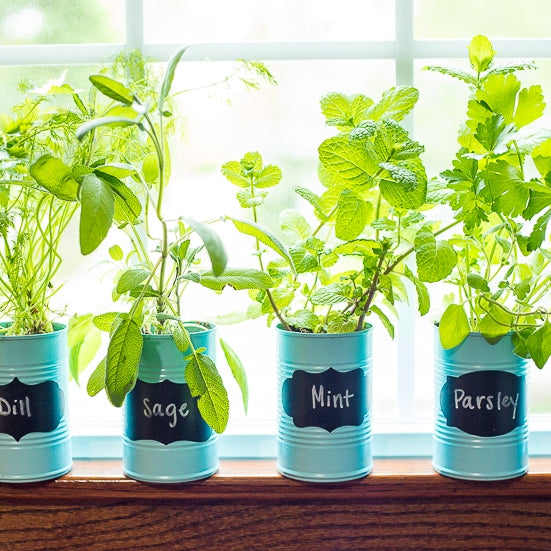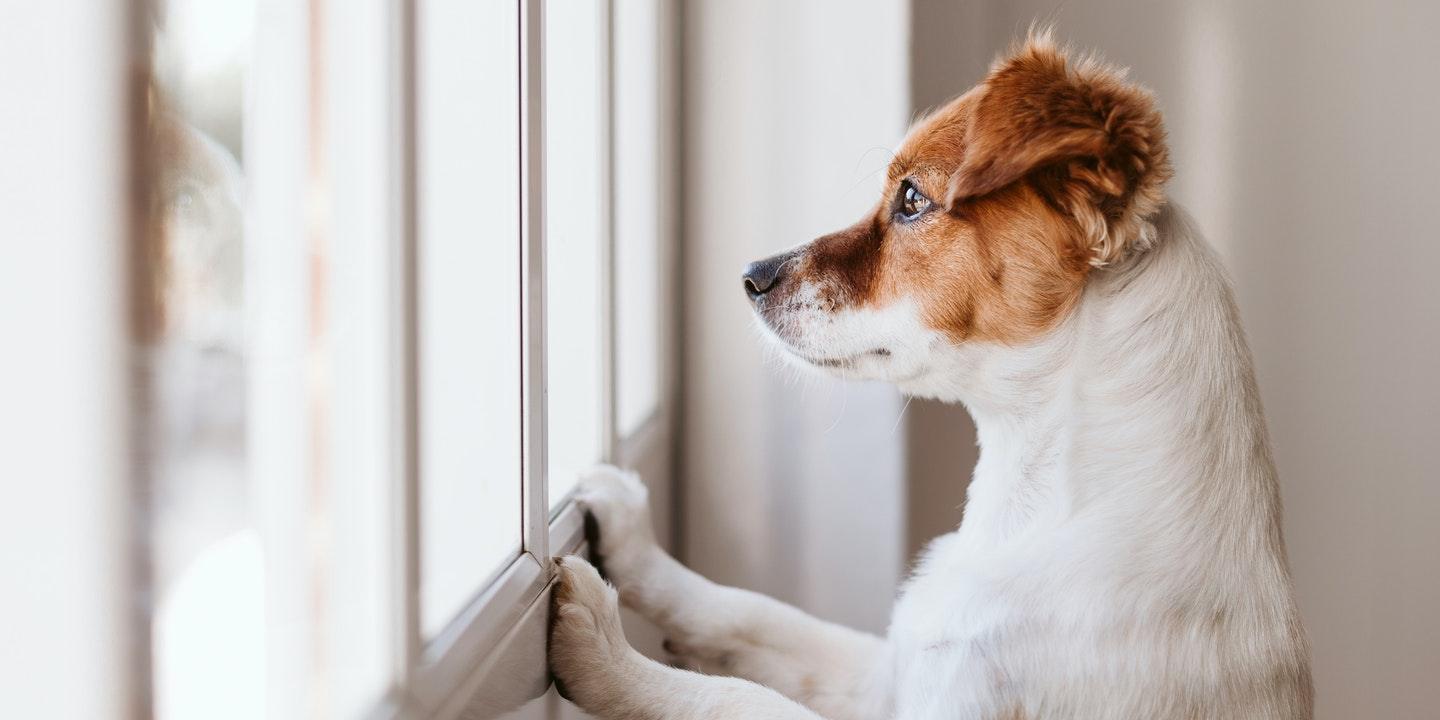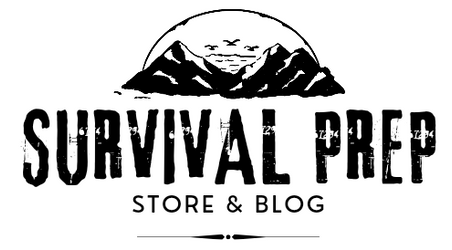

Natural Disaster Preparedness: What to Do with Pets
If you're like most pet owners, you probably can't imagine leaving your furry friend behind in a time of need. But what if a natural disaster strikes and you have to evacuate? What's the best way to prepare for this situation and make sure your pet is safe? In this blog post, we will discuss how to protect your pets during a natural disaster and what steps you can take to make sure they are safe and comfortable.

Prepare a Pet Bug Out Bag or "Pet Disaster Kits"
One of the first things you need to do is create a pet emergency kit, sometimes called a "pet bug out bag." This should include all of the supplies your pet will need to survive for at least 72 hours, such as food, water, bowls, a leash or carrier, and any medications they may require. You will also want to make sure you have a current photo of your pet and their ID tags, in case they become lost.
Documents
- Photocopied veterinary records
- Rabies certificate
- Vaccinations
- Medical summary
- Prescriptions for medications
- Most recent heartworm test result (dogs)
- Most recent FeLV/FIV test result (cats)
- Photocopied registration information (ex: proof of ownership or adoption records)
- Pet description(s) (ex: breed, sex, color, weight)
- Recent photographs of each of your pets
- Waterproof container for documents
- Microchip information (ex: microchip number, name and number of the microchip company)
- Your contact information (phone numbers and addresses for your family and friends or relatives you may be staying with)
Water, Food, Medications
- 2-week supply of food for each animal stored in waterproof containers
- 2-week supply of water for each animal
- Non-spill food and water dishes
- Manual can opener
- Feeding instructions for each animal
- 2-week supply of any medications (if applicable)
- Medication instructions (if applicable)
- 1-month supply of flea, tick, and heartworm preventative
Other Supplies
- Leash, collar with ID, and harness
- Litter and litterbox (cats)
- Toys
- Appropriate-sized pet carrier with bedding, blanket, or towel
- Pet first aid book and first aid kit
- Cleaning supplies for accidents (paper towels, plastic bags, disinfectant)
Once you have your emergency kit prepared, it's important to have a plan for what you will do with your pet if a natural disaster strikes. If you have time to evacuate, make sure you know where you will go and how you will get there. If you have to evacuate without your pet, make sure you have a designated friend or family member who can care for them until you are reunited.
How do you evacuate with your pet?
The CDC recommends that if you have to evacuate with your pet, the best thing to do is plan ahead. Make sure you know where you're going and how you're getting there, and that your destination is pet-friendly. If possible, travel with a friend or family member who can help care for your pet. And don't forget to pack their emergency kit!
Find Pet-Friendly Hotels
Bring Fido
- bringfido.com
- or call 877-411-FIDO
Dog Friendly
- dogfriendly.com
- or call 888-281-5170
Pet-Friendly Hotels
- pet-friendly-hotels.net
- or call 866-966-3046
Pets Welcome
Trips with Pets
What if you can't evacuate with your pet?
If you can't evacuate with your pet, the best thing to do is make arrangements ahead of time with a friend or family member who can care for them. Make sure they have a copy of your pet's emergency kit and know how to reach you in case of an emergency.
If you absolutely cannot take your pet, even though it is always best to take your pet with you during an emergency have a plan in place and follow the suggested recommendations below.
1. Leave your pets indoors, preferably in rooms that are easily cleaned.
2. Never leave an animal tied up outside. If a disaster such as a flood, hurricane or fire occurred, they would have no means of escaping.
3. Try to bring outdoor pets indoors ahead of severe weather if at all possible.
4. There may be limited resources for exotic species (such as reptiles). These animals should be kept in their special containers to reduce the possibility of them getting loose as well as helping emergency personnel relocate them.
5. Avoid placing your pets in rooms with hazards such as large windows, hanging plants or large picture windows.
6. Ensure that each animal has a supply of food and water for a number of days. This can be accomplished by filling buckets or other containers with food and water separately. Dry food is better than canned food because it will not spoil.
7. Provide litter and bedding for each animal if needed.
8. Leave a note for Emergency personnel, in a visible place such as a window or door, advising number and type of animals and animals 'names present on the property. Include your name and contact information and the name and number of your veterinarian.
Where should you store your bug out bags?
Once you have your pet emergency kit prepared, it's important to store it in a safe, easily accessible place. A good rule of thumb is to keep it near the door you use most often to leave your house. That way, if you have to evacuate quickly, you can grab it and go. It is also a good idea to keep on in the car.
In the event of a natural disaster, it's important to stay calm and be prepared. By following these tips, you can ensure that your pet will be safe and comfortable if the worst should happen.
If you have any questions about preparing for a natural disaster with your pet, please don't hesitate to reach out to us. We are always happy to help!
What other tips do you have for pet owners when it comes to natural disaster preparedness? Let us know in the comments below.
Recommended Posts
- How to Build a Bug Out Bag for Kids: Tips and Tricks
- 10 Survival Skills Every Kid Should Know
- Food prices are about to skyrocket even more; Prepare for a 'famine,' followed by housing crash, then equities wipeout - Michael Gayed
- South Threatened by Severe Weather After Texas Tornado Disaster: How to Prepare.
- The Ultimate Guide to Radiation Water Filters: How They Work



